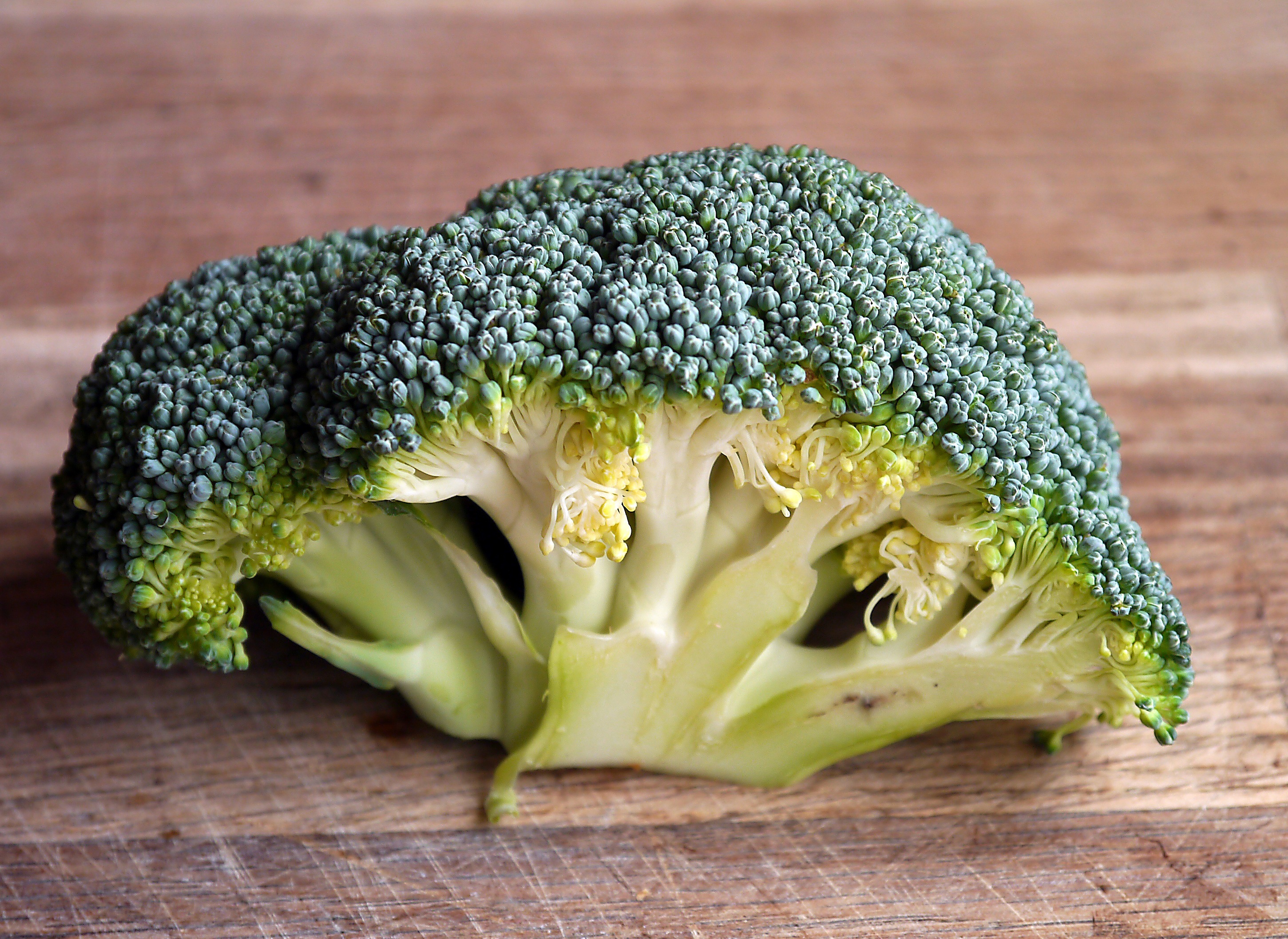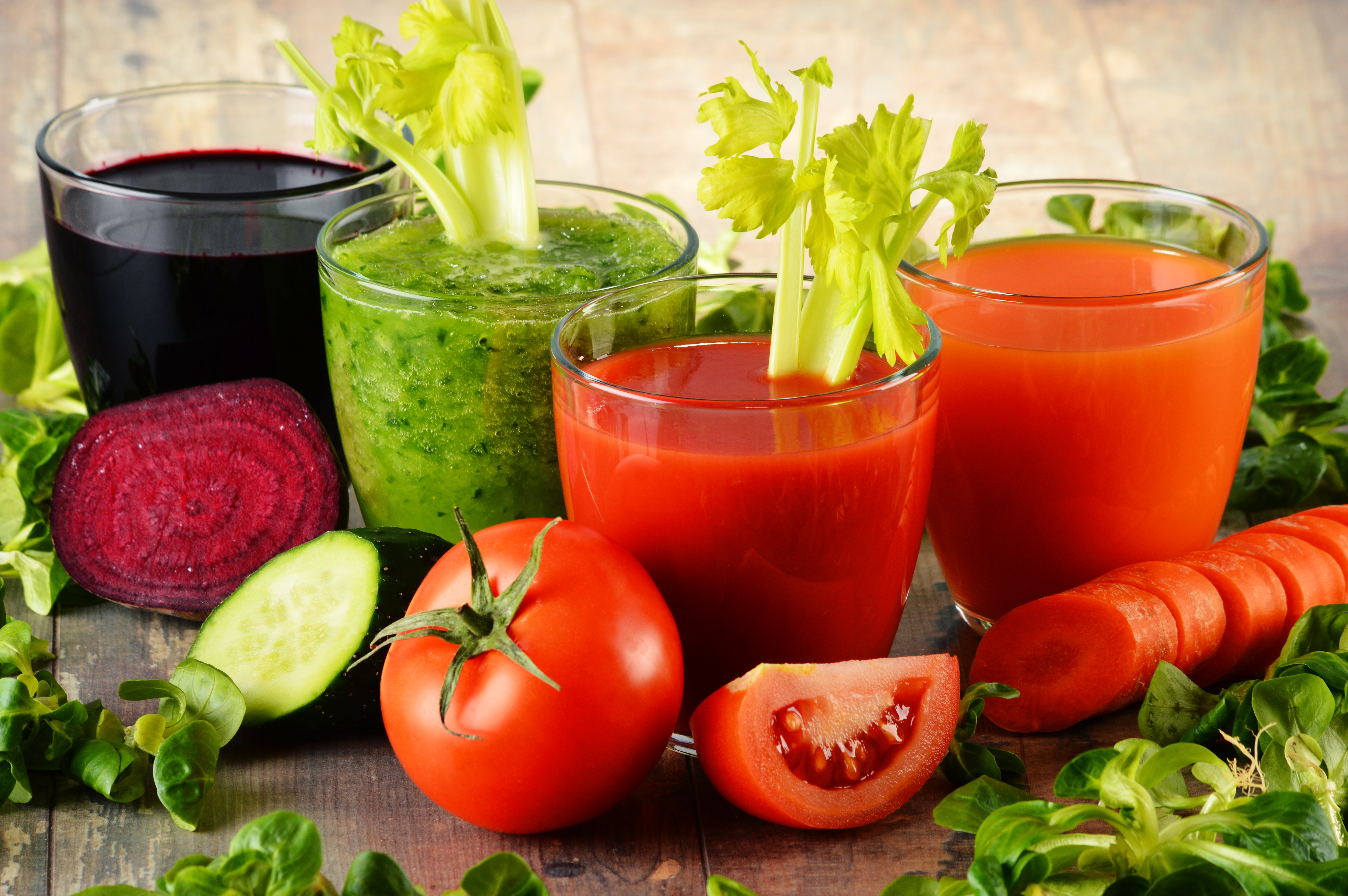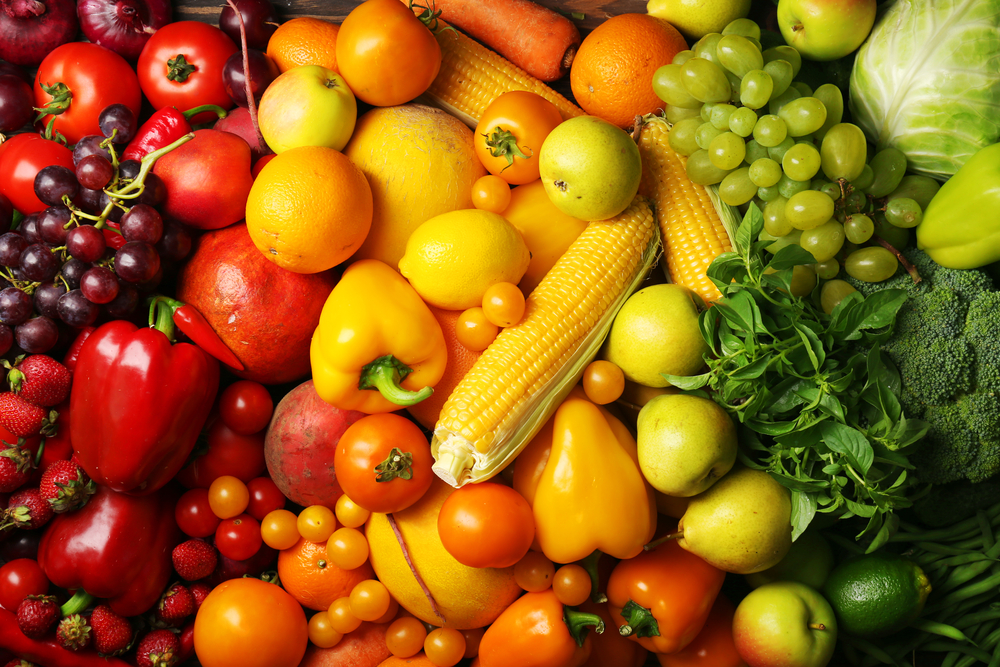The Hidden Power of Veggies
May 18, 2017
Posted by: Monique Parker
No, this is not advertising for the local greengrocers, although I bet they will be pleased with what I’m writing. It’s merely an ode to a couple of humble vegetables we eat regularly.
 Do you ever think of what a green bean or broccoli actually contains when you’re cooking or eating it? It is not until you look into the research that has been done, that you will discover the hidden powers of these every-day food products. So, what is so special about them then?
Do you ever think of what a green bean or broccoli actually contains when you’re cooking or eating it? It is not until you look into the research that has been done, that you will discover the hidden powers of these every-day food products. So, what is so special about them then?
Let’s start with the green beans.
Green beans are a fantastic source of vitamins and minerals. For example, vitamins C, B-vitamins, vitamin E and K, folate, chromium, magnesium, calcium and, potassium. Green beans also contain good amounts of the mineral silicon, a nutrient that is very beneficial for our bones and connective tissue.
But green beans really are the winner when it comes to antioxidants. Antioxidants are natural substances found in certain foods that help reduce the effect of free radicals in the body.
Free radicals are unstable molecules. Normally the body can deal with free radicals, but if there are no antioxidants available or there are too many free radicals, they damage cells and can cause ageing and disease. Free radicals are produced through processes in the body, such as inflammation and stress, but smoking, alcohol, pollution, and medication can also expose us to free radicals.
Green beans contain a wide variety of phytonutrients or plant chemicals such as lutein, beta-carotene, quercetin and many more, that have all been shown to have health-supportive antioxidant properties, especially anti-inflammatory benefits.
The best way to make the most of all the nutrients is to lightly steam the beans, for about 5 minutes.
Another fabulous vegetable, that most of us regularly eat, is broccoli.
Broccoli is a member of the cruciferous or Brassica family of vegetables. Although it is very low in calories, it is one of the most nutrient-dense foods. Originally, broccoli was grown for medicinal purposes and used therapeutically for stomach problems and gout among others.

Broccoli is very rich in vitamin C and K, chromium and folate. But that is not all, it contains many more vitamins and minerals, and is a good source of omega-3 fatty acids and dietary fibre, sometimes called roughage.
Omega-3 fatty acids are needed for brain function, normal growth and development. The body can’t make omega-3 fatty acids so you will have to get them through food.
Dietary fibre consists of soluble and insoluble fibre, that both have a large effect on how your food goes through your digestive tract. In other words, they affect your toilet habits, if you know what I mean. They not only can change the nature of the contents that is going through your digestive system, but also how other nutrients and chemicals are absorbed. Dietary fibre is a must for regular bowel movements and gut health.
Broccoli, and cruciferous vegetables (i.e. cabbage, Brussels sprouts, rocket, cauliflower) in general, are unique, as they all contain glucosinolates, sulphur-containing substances that have a pungent smell and a bitter taste.
When you chop or chew raw cruciferous vegetables, the glucosinolates produce other substances such as isothiocyanates and indole-3-carbinol and it is these substances that are responsible for the great health-promoting effects. That is enough chemistry for now, it is time for the health benefits of broccoli!
Broccoli does not cure cancer, but it does have anticancer effects. For example, the glucosinolates I mentioned earlier increase the excretion of the form of oestrogen that is linked to breast cancer. Broccoli helps the liver detoxify toxic substances, has anti-inflammatory benefits, is high in antioxidants and helps the digestive system with its high fibre content.
If you have thyroid problems, make sure you cook the broccoli well and don’t eat it raw, as broccoli contains goitrogens that can interfere with production of thyroid hormone.
The best way of preparing broccoli, to retain as many nutrients as possible, is to steam it for 5-10 minutes. But broccoli can also be eaten raw in salads or in a stir-fry of course.
I could go on and on and describe every single vegetable’s virtues, but that would turn this article into a chemistry lesson. So, let’s talk about the famous ‘5-a-day’ slogan.
In 1989, the World Health Organisation decided in a meeting, discussing diet, nutrition, and the prevention of chronic diseases, that at least 400 grams of fruit and vegetables should be consumed daily. This means 5 portions, as a portion had been set to 80 grams.
How much of a vegetable is a portion?

According to the NHS, this is what makes a portion, and it is less than you think:
Green vegetables
2 broccoli spears or 4 heaped tablespoons of cooked kale, spinach, spring greens or green beans count as a portion.
Cooked vegetables
3 heaped tablespoons of cooked vegetables such as carrots or peas, or 8 cauliflower florets count as a portion
Salad vegetables
3 sticks of celery, a 5cm piece of cucumber, 1 medium tomato or 7 cherry tomatoes count as one portion.
Tinned or frozen vegetables
Roughly the same quantity as the fresh portion. I.e. 3 heaped tablespoons of peas.
Pulses and beans
3 heaped tablespoons of kidney beans, lentils, chickpeas etc. but however much you eat of pulses and beans, it only counts as one portion a day.
Vegetable juice
Only counts as maximum one portion a day.
Potatoes
Potatoes don’t count towards the 5-a-day as there are eaten as starch like bread, pasta and rice.
The 5-a-day idea implicates that all fruit and vegetables have the same nutritional value. But if you look at for instance a cup of raw, chopped carrots and a cup of raw, chopped bell peppers, the carrots contain 7mg of vitamin C and the peppers have a whopping 117mg of vitamin C.
Another problem with the 5-a-day idea is the individuality of people. A professional athlete needs more nutrients then someone who has a sedate lifestyle without much stress. We are all unique, have a different genetic make-up and consequently have different needs.
The National Diet and Nutrition Survey that was released a couple of years ago by Public Health England and the Food Standards Agency, showed that 70% of adults in the UK eat less than 5 portions of fruit and vegetables a day.
You’re probably confused now on how much fruit and vegetables we actually need to stay healthy.
Researchers from Imperial College London analysed 95 studies on fruit and vegetables consumption. They found that the recommended 5-a-day reduced the risk of disease, but that the largest health benefit came from consuming 800 grams of fruit and vegetables a day (about 10 portions).
The researchers also looked at the types of fruit and vegetables that gave the best protection against disease and calculated the risk reductions for certain diseases.
To give you an example, eating up to 10 portions of fruit and vegetables a day, can reduce your risk of heart disease by 24% and your risk of premature death by 31%. They calculated the risks compared to not eating any fruit and vegetables at all. Eating 2 ½ portions a day can still reduce the risk of heart disease by 16% and the risk of premature death by 15%.
The types of fruit and vegetables, that gave the best protection against disease, are according to the research team: apples, pears, citrus fruits, green leafy vegetables such as spinach, and cruciferous vegetables such as broccoli and cabbage, green beans, carrots, and peppers.
It is not just one individual nutrient in fruit and vegetables that is crucial for health, it is the combination of nutrients. That is why you should eat fresh fruit and vegetables instead of reaching for an antioxidant or another supplement.

My advice is to aim for 7 portions if you can and to eat a ‘rainbow’, meaning you eat as many different colours fruit and vegetables a day so you get a good variety of nutrients. The different natural colours of vegetables contain different nutrients. And if you think you’ll struggle to get more than 5-a-day, here are some tips to get more vegetables into your diet:
- Use vegetables such as spinach, broccoli, and tomato in an omelette for breakfast
- Add a salad to your lunchtime sandwich.
- Make soups for lunch or dinner. It doesn’t always have to be vegetable soup, you could add spring onions, spinach, and mushrooms to chicken soup for instance.
- Add extra vegetables to pasta sauce so it is not just tomatoes and onions. Courgette, carrots, mushrooms, spinach etc. taste great and if your children are not good with vegetables, put the sauce in the blender so the vegetables are hidden.
- Try a spiraliser and make courgette or butternut squash noodles. If you don’t have a spiraliser, some supermarkets sell vegetable noodles nowadays.
- Make mashed potatoes but replace half the potatoes by sweet potatoes or swede.
- Replace mashed potatoes by cauliflower mash.
- Cook stews and casseroles and add as many vegetables as you can.
- Try baking with vegetables. There are nice recipes online for beetroot brownies and courgette muffins for instance.
A word of caution. Just increasing intake of fruit and vegetables is not enough for optimal health. A healthy diet involves more than just fruit and veggies. Think of good protein and fats for example. And of course exercise, good sleep and managing stress all contribute to improving health and wellbeing.
References:
http://www.nhs.uk/Livewell/5ADAY/Pages/Portionsizes.aspx
http://www3.imperial.ac.uk/newsandeventspggrp/imperialcollege/newssummary/news_22-2-2017-16-38-0
http://whfoods.org/
‘Food -your miracle medicine’ – Jean Carper (2010)
‘The Encyclopaedia of Healing Foods’ – Dr Michael Murray & Dr Joseph Pizzorno (2006)






